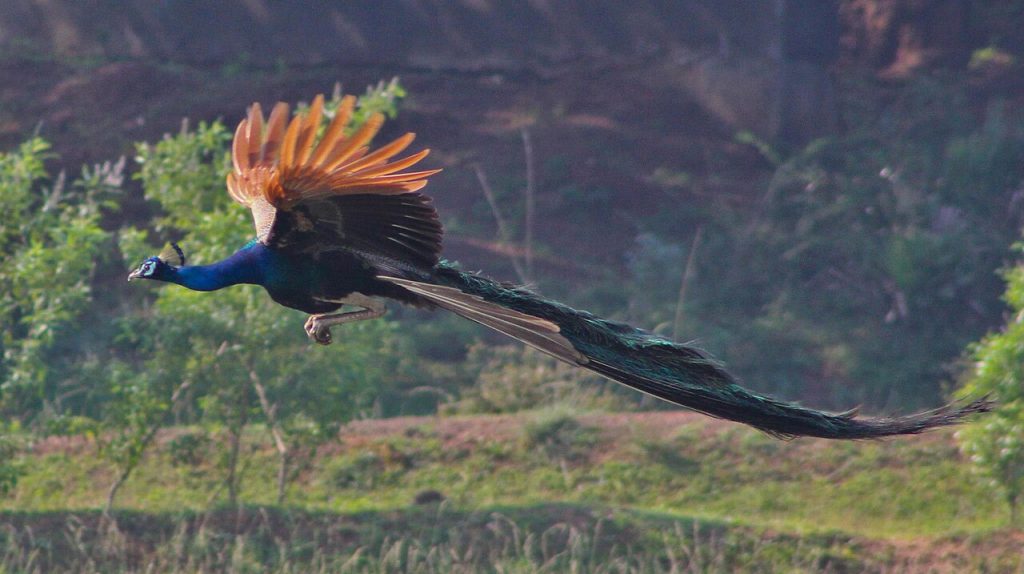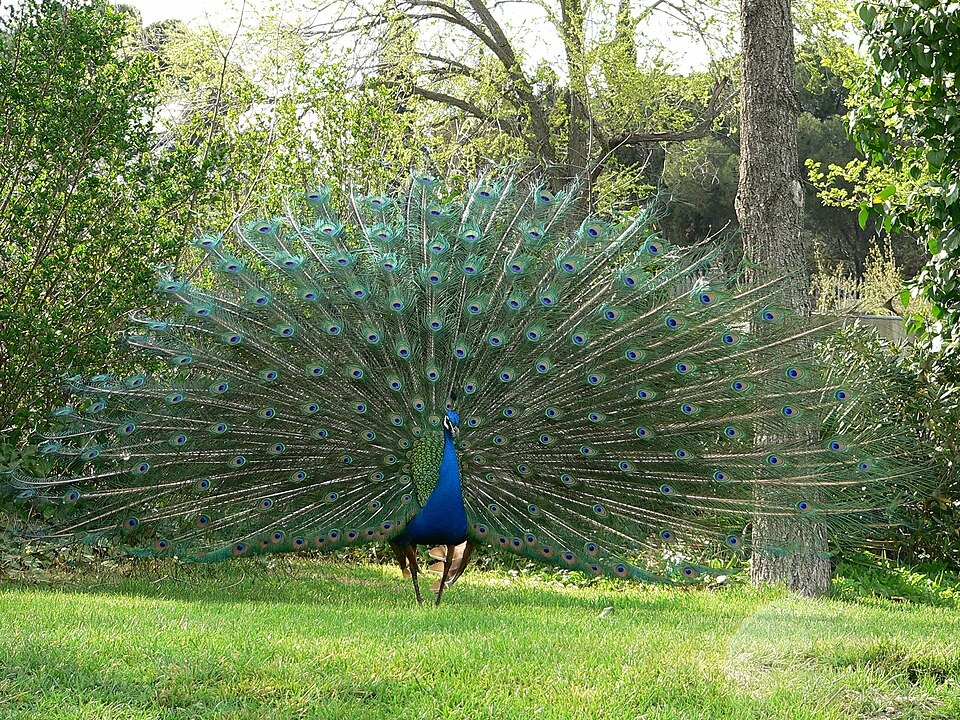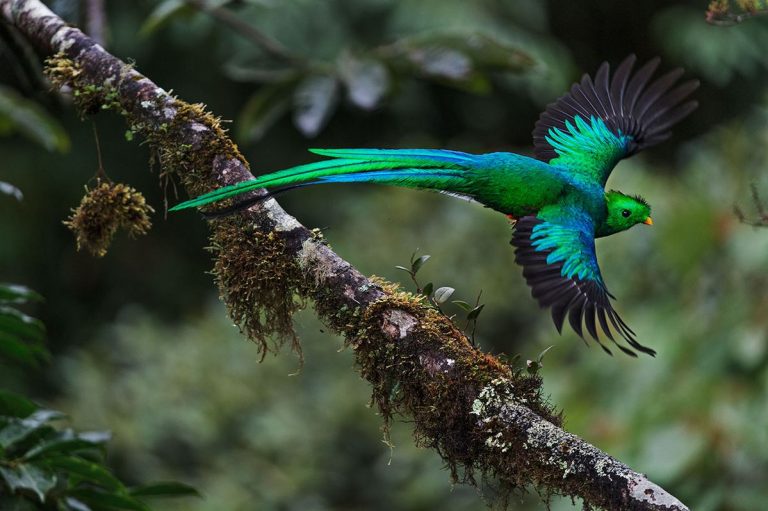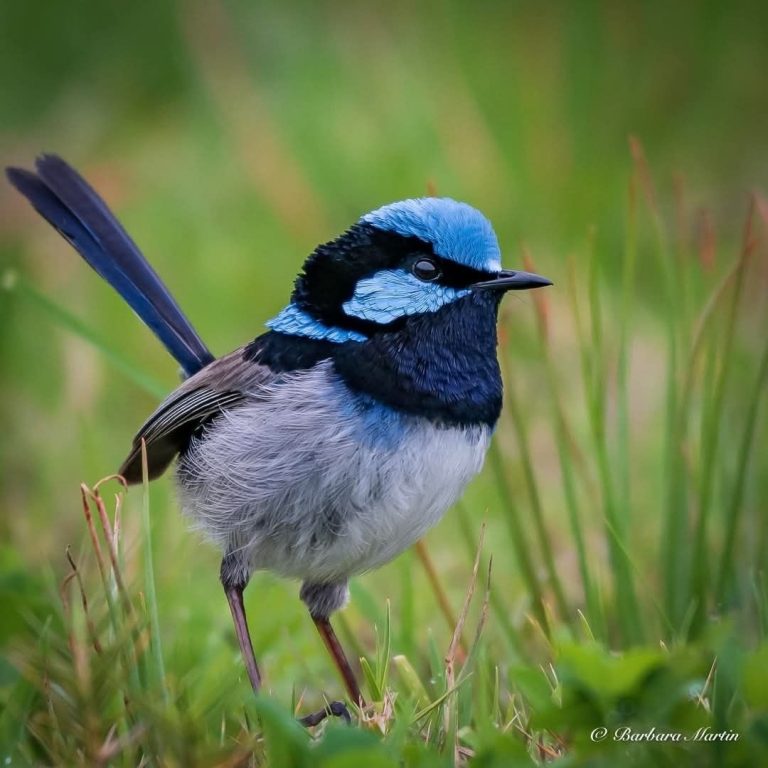The Living Rainbow: A Portrait of the Indian Peacock
In the stillness of a warm dawn in the Indian countryside, the silence is broken by a deep, resonant call—may-awe, may-awe. Soon after, a shimmer of iridescent blue and green appears among the trees. With the rising sun glancing off its feathers, the Indian Peacock (Pavo cristatus) emerges like a walking jewel, carrying centuries of myth, beauty, and wonder on its back.
A Feast for the Eyes
Few creatures in the animal kingdom match the peacock’s splendor. The male is an explosion of color—his head and neck cloaked in shimmering sapphire, his body adorned with bronze and emerald hues, and of course, the spectacular train: a cascade of elongated feathers that can fan out into a resplendent semicircle. Each feather bears the famous “eye spot,” a ring of blues and golds that seem to watch as he moves. The female, or peahen, is far subtler, her plumage painted in earthy browns and soft greens, a camouflage that protects her and her young. Yet, her quieter beauty is no less vital to the story of survival.

Where They Roam
The Indian Peacock is native to South Asia, thriving in open forests, farmlands, and even near villages where people revere them. Omnivorous and opportunistic, they feed on seeds, fruits, insects, and even small reptiles. Their loud, piercing calls echo across landscapes, often acting as an early warning system when predators approach. Watching a group forage together reveals their social side—curious, cautious, and quick to dart into cover when threatened.

Dance of Courtship
When breeding season arrives, the male transforms into a stage performer. He spreads his train into a giant, iridescent fan, shimmering in the light as he shivers the feathers to create a rustling, rattling sound. He struts, pivots, and displays in front of the female, each movement a plea for her attention. If impressed, she will choose him to father her chicks. The peahen then takes sole responsibility for nesting, laying her eggs in hidden ground scrapes and fiercely protecting the fragile young once they hatch.
Guardians of Myth and Spirit
Across cultures, peacocks are more than birds—they are symbols. In Hinduism, the peacock is associated with Saraswati, goddess of wisdom, and with Kartikeya, the warrior god, who rides into battle on a peacock’s back. In Buddhism, its feathers symbolize purity, as the bird is said to eat poisonous plants without harm. Even beyond Asia, the peacock’s fanned tail became an emblem of immortality and resurrection in ancient Greek and Christian traditions.
source taken from Ncyclopaedia
A Future in Balance
Despite their cultural reverence, peacocks face challenges. While classified as of Least Concern by conservationists, they suffer from habitat loss, illegal hunting, and the quiet pressures of expanding cities. In some areas, their loud calls or crop-foraging habits bring them into conflict with people. Protecting them means not only safeguarding forests and grasslands but also nurturing the traditions that see them as sacred.
A Closing Reflection
To witness a peacock unfurl his train is to glimpse nature at its most extravagant. It is a reminder that evolution can produce not only survival tools but also sheer, breathtaking artistry. The Indian Peacock is more than a bird; it is a bridge between the natural and the divine, between earth and myth. And perhaps, as its shimmering feathers catch the light, it invites us to pause, to marvel, and to remember the beauty worth protecting in our world.






